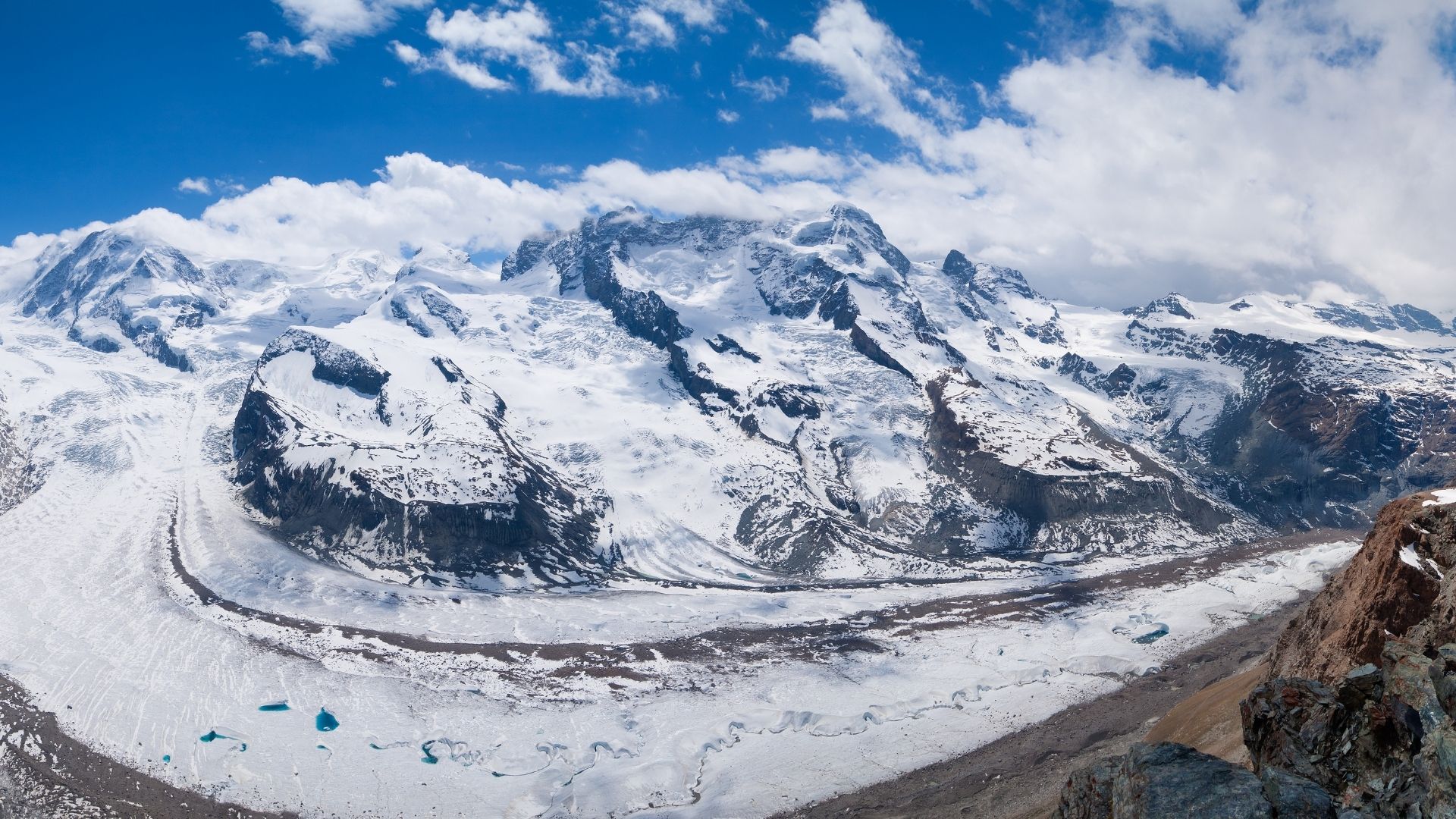Let’s take a look at the different types of terrain that make up our planet, Earth. Learn about the differences, similarities, and locations of all the terrain types accessible to us. What are all types of terrain?
There are different types of terrains. The common ones are plateau, mountain, plain, and valley terrains. Other types of terrains include open, tundra, oasis, steppe, desert, swamp, forest, marsh, river, and hill.
WorldAtlas
Contents
Plateau
Plateaus are wide expanses of flat land, usually elevated, and surrounded by hills or mountains.
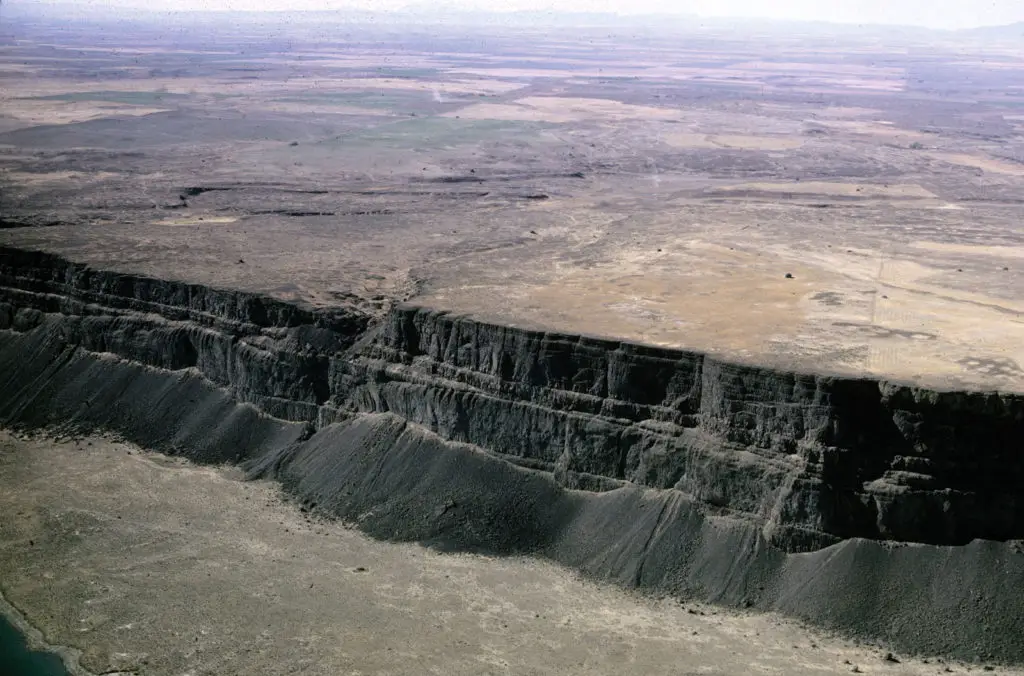
Open
Opens are flat areas of land that is devoid of trees (that can obstruct the view). Basically, any area where the land is flat and there are no buildings, trees, or other obstacles that can obstruct your view, can be considered an open.
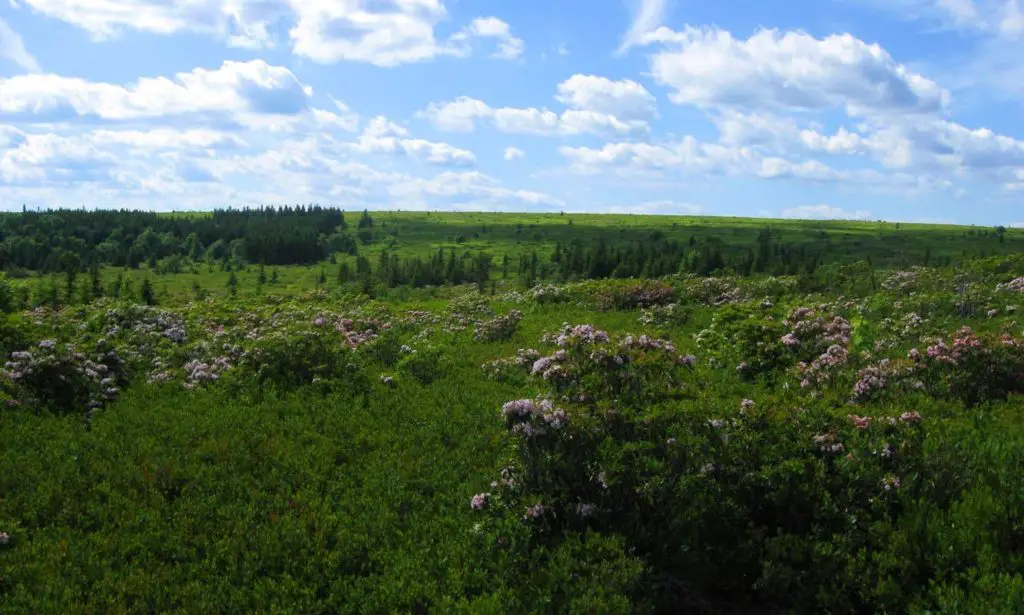
Mountain
Any large landform that rises prominently above surrounding land in a limited area, in the form of a peak, can be considered a mountain. Mountains are steeper than hills and they are formed through tectonic forces or volcanic activity. Typically, the summit or peak has to be 2000 feet high to be considered a mountain.

Tallest mountains in the world
- Mount Everest
- K2
- Kangchenjunga
- Lhotse
- Makalu
Mountain Range
A mountain range is a series of mountains ranged in a line and connected by high ground. The mountains in a mountain range are situated close to each other.
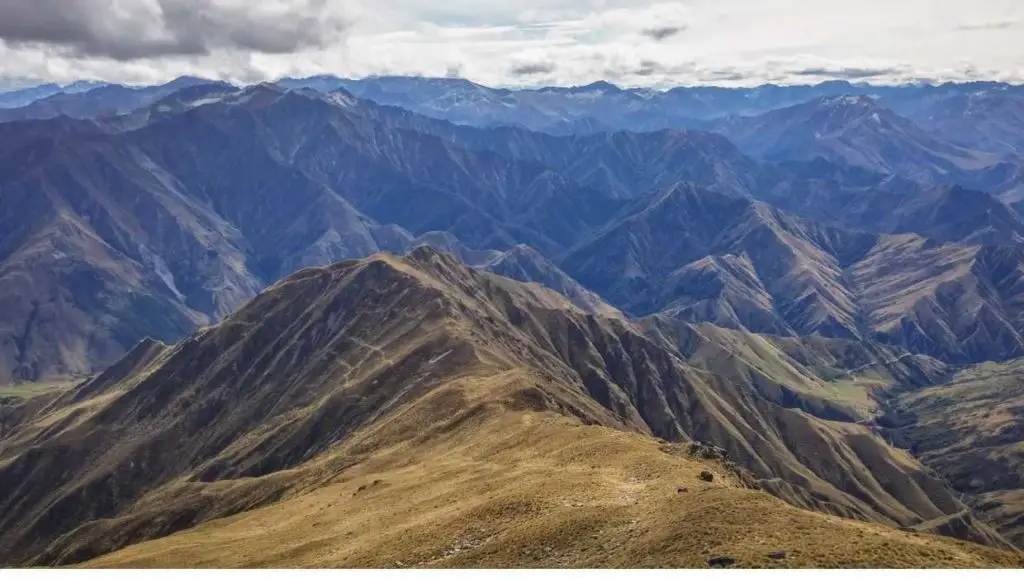
Mountain ranges of the world
- The Alps.
- The Andes.
- The Himalaya.
- The Rockies.
- The Appalachians.
- The Rwenzori.
- The Pyrenees.
- The Alborz.
Hill
A hill is a landform that extends above the surrounding terrain. It often has a distinct summit, however, a hill may also refer to a particular section of flat terrain without a massive summit. We can further divide this type of terrain into three categories:
Butte
A butte is an isolated hill that has steep sides that are usually very vertical; their tops are small and flat.
Mesa
A mesa is similar to a butte but is often found in landscapes that have horizontal strata. A mesa has a top that is wider than its height, while a butte has a top that is narrower than its height
Mima Mounds
Mima mounds are made up of several small mounds that can get up to 6.5-feet in height and to a diameter of over 29 feet.
Valley
Valleys are low areas that you find between mountains or hills. There is usually a river or body of water that flows through but this is not always the case. Valleys are normally longer in length than they are wide.
There are V-shaped and U-shaped valleys and this naming system only describes the shape of the valley. However, most valleys are somewhere in between the two in terms of shape.
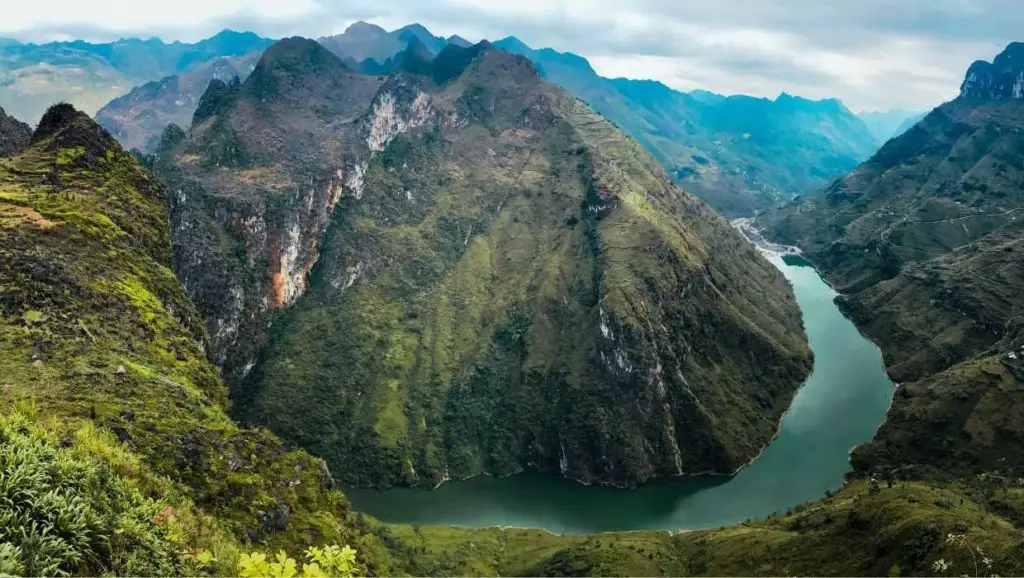
The various types of valleys include:
- Box valleys: these valleys have steep sides, floors that are relatively level, and very wide floors as well.
- Glacial valleys: this term refers to any valley that has been affected by glacial activity.
- Hanging valleys: mostly associated with U-shaped valleys, hanging valleys are tributary valleys that are much higher than the main valley.
- Hollows: this term is only used in certain parts of the country, and it refers to a small valley or a dry stream bed.
- Meltwater valleys: located in northern Central Europe, they were formed by glacial meltwaters.
- Rift valleys: these are formed when the earth’s surface expands due to some type of below-surface tectonic activity.
- Tunnel valleys: tunnel valleys are U-shaped valleys and are formed by subglacial erosion of waters; they can get up to 62 miles in length.
Canyon
Canyons like valleys are formed when water cuts through a mountain or hill range. However, canyons are deeper, narrower and have steeper sides. Water can be present but not all canyons have rivers or water bodies flowing through them.
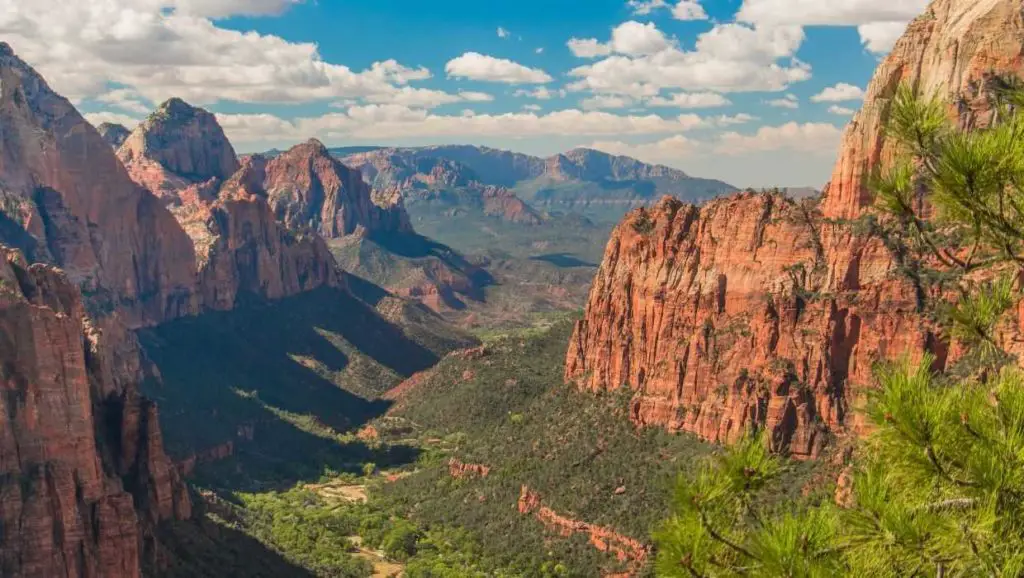
Desert
A desert is a barren area of landscape where little rainfall/snow occurs. The living conditions are not suitable for most plant or animal life.
Deserts can be sandy but not always. Some deserts are large expanses of hardened earth and rocks.
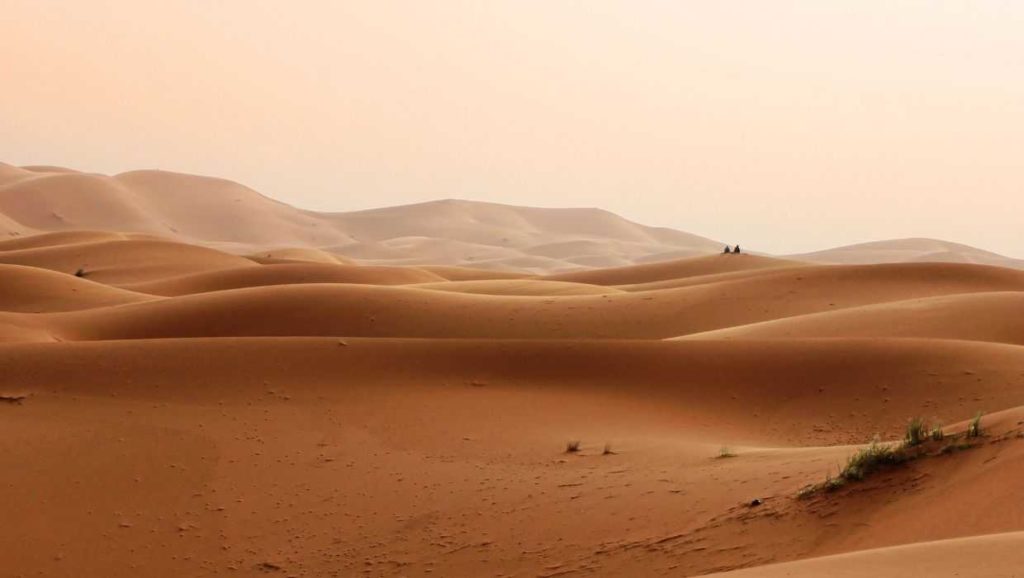
Forest
Forests are the complete opposite of deserts. These are large areas covered in trees and other vegetation like vines and ivy plants and a variety of wildlife.

Jungle
Jungles are, in essence, impossible to get through. They are rainforests that are dense and tangled with thick vines and other plant life.
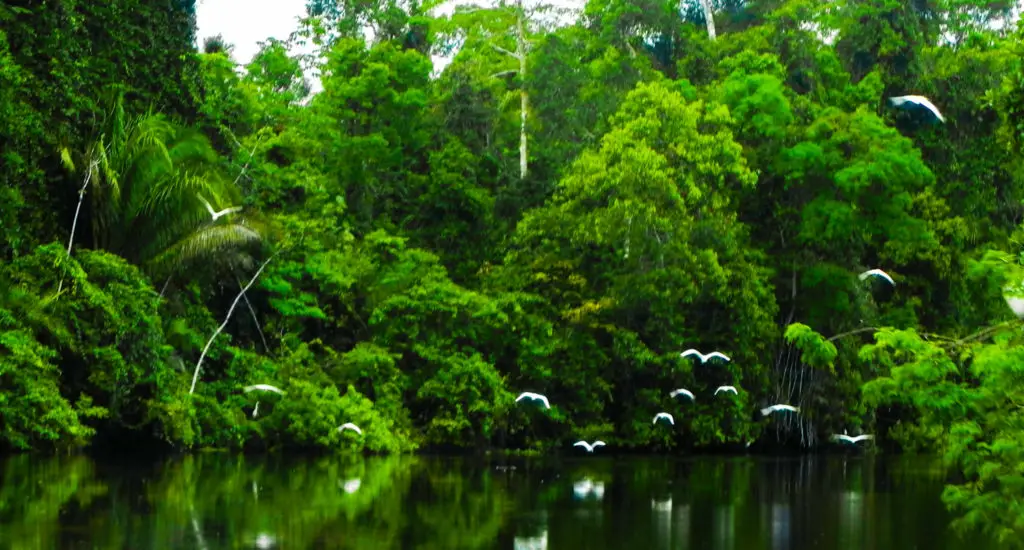
Seasonal Tropical Forest
These types of terrain go through very long spells of being very dry. They are also known as moist deciduous, semi-evergreen seasonal, tropical mixed or monsoon forests.
Temperate Forest
These types of forest go through four separate seasons, a temperate forest is found between the polar and tropic regions of the Northern and Southern hemispheres.
Temperate Rainforest
There are also temperate rainforests and these are forests that receive heavy rainfalls and are usually made up of either broadleaf or coniferous plant life.
Glacier
These types of terrains are covered by large masses of ice and this body of ice constantly moves under its own weight. Most glaciers are also made up of rocks, water, and snow.
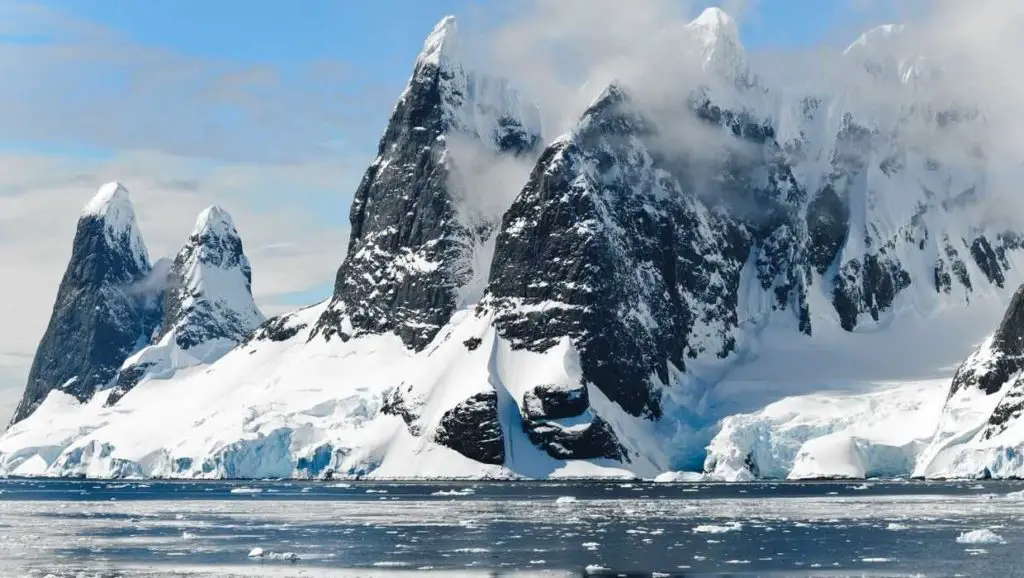
Marsh
Marshes are low-lying land that is flooded in wet seasons or at high tide and typically remains waterlogged most of the times.
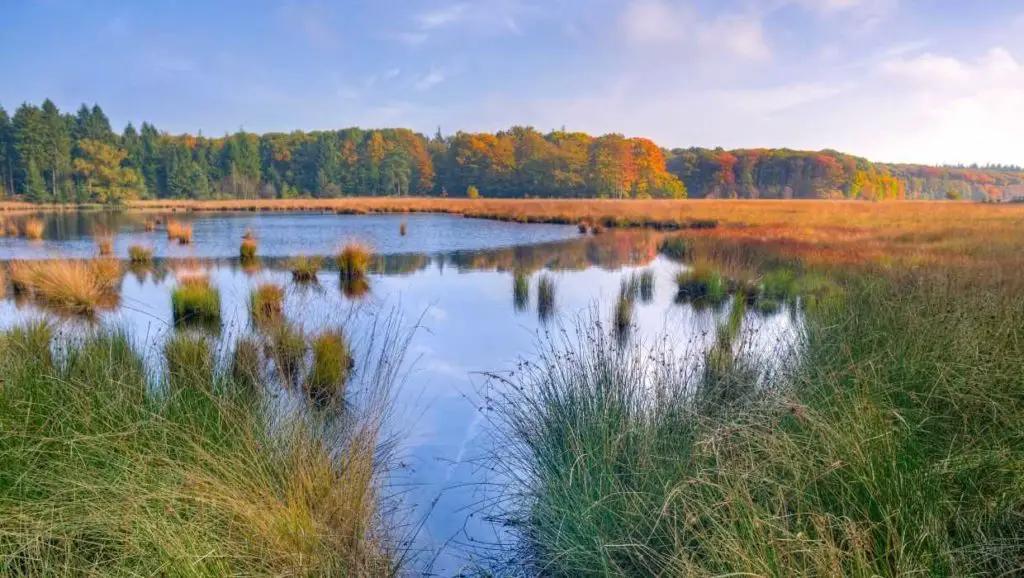
Swamp
A swamp is a wetland that is forested. Many swamps occur along large rivers where they are critically dependent upon natural water level fluctuations. Other swamps occur on the shores of large lakes.
Oasis
An oasis is a fertile area created by a source of fresh water in an otherwise dry and arid region like a desert.

Ocean
Oceans are large bodies of water that cover (70%) most of the earth’s surface. There are a total of six oceans on Earth. They are, in descending order by area, the Pacific, Atlantic, Indian, Southern, and Arctic Oceans.
There are over 230,000 known species of organisms that live in oceans. These include eels, crabs, octopuses, whales, and more. But oceans are largely unexplored and more and more species are being discovered.
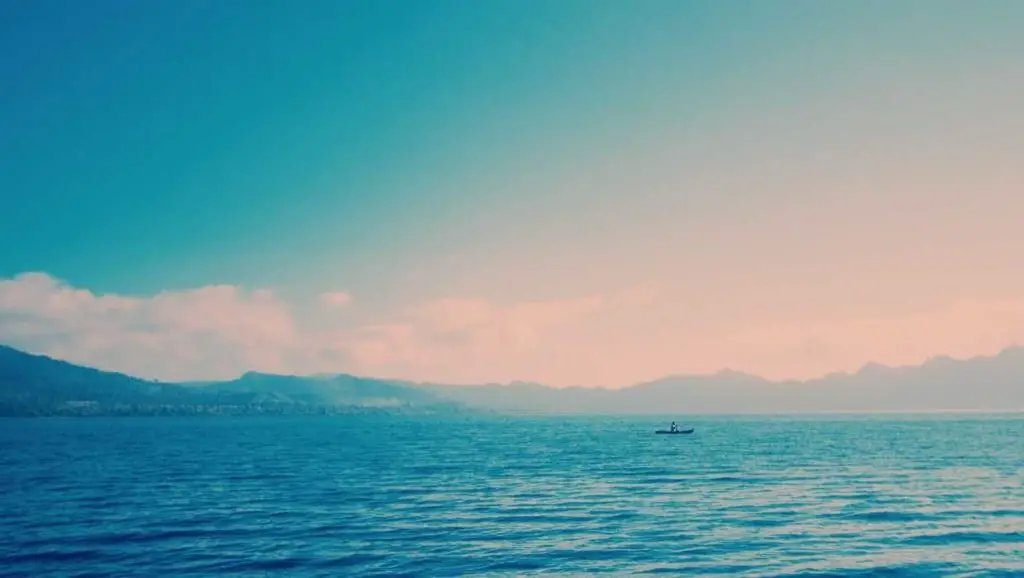
River
A river is a natural flowing watercourse, usually freshwater, flowing towards an ocean, sea, lake, or another river. In some cases, a river flows into the ground and becomes dry at the end of its course without reaching another body of water.
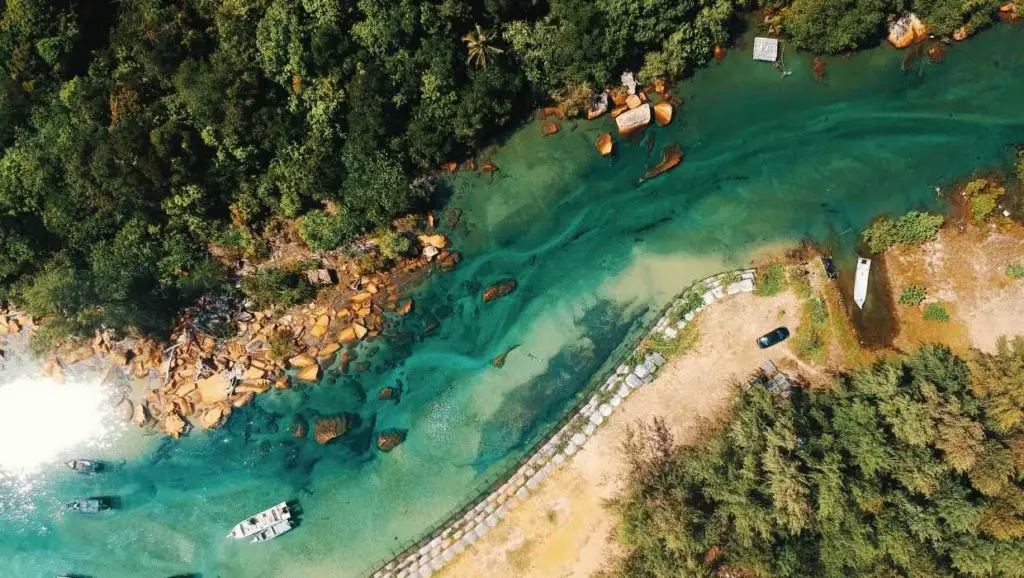
Tundra
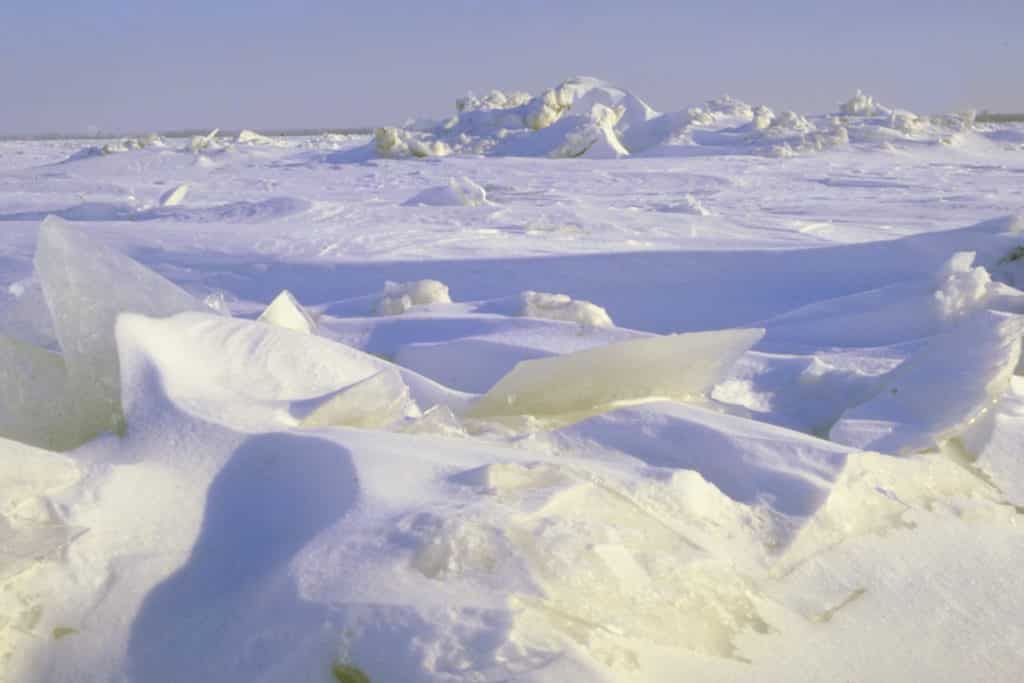
Tundra refers to a type of biome where the tree growth is inhibited by low temperatures and short growing seasons. There are three main types of tundra:
Arctic Tundra
This type of tundra is found mostly in northern Alaska and Canada, and it has a climate where the average temperature is -30 to 20 degrees Fahrenheit (-34 to -6 degrees Celsius).
Alpine Tundra
This type of tundra is usually found in high altitudes, and, therefore, it is too cold and windy to support any type of tree growth.
Antarctic Tundra
This type of tundra is very similar to the Arctic tundra but is located in Antarctica and is surrounded by various islands, including the Falkland Islands.
Do you like nature? Do you want to learn more about different terrain types and the animals that inhabit these areas? We recommend that you watch Earth (A Disney Documentary). You can begin on Disney+ if you are a subscriber.
